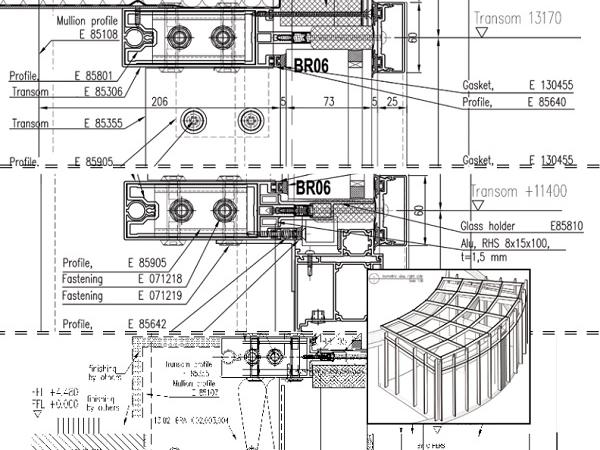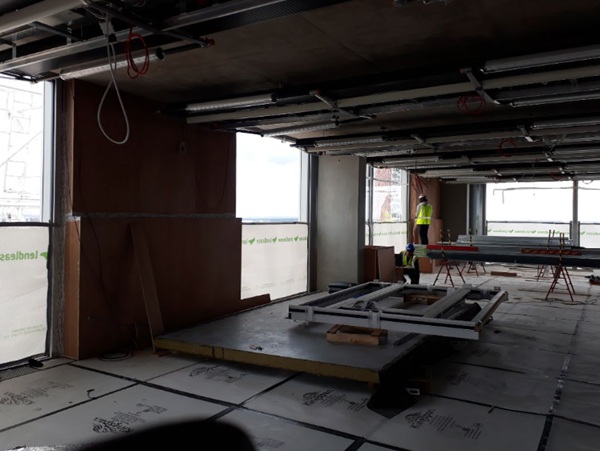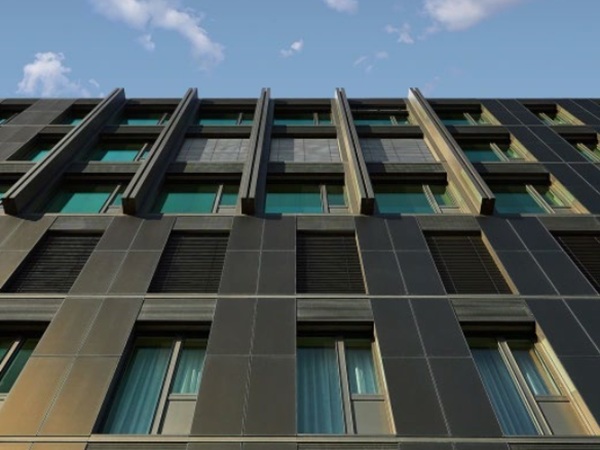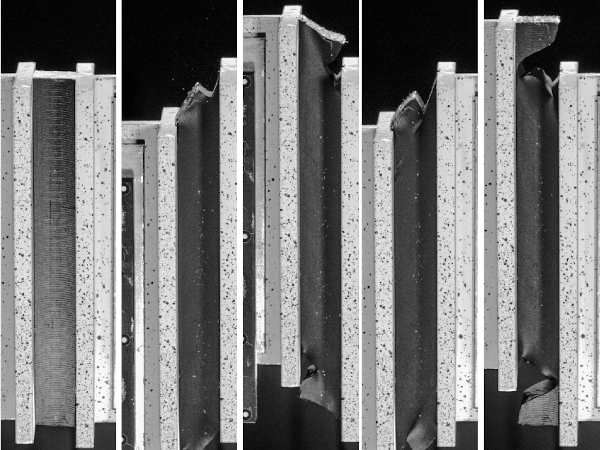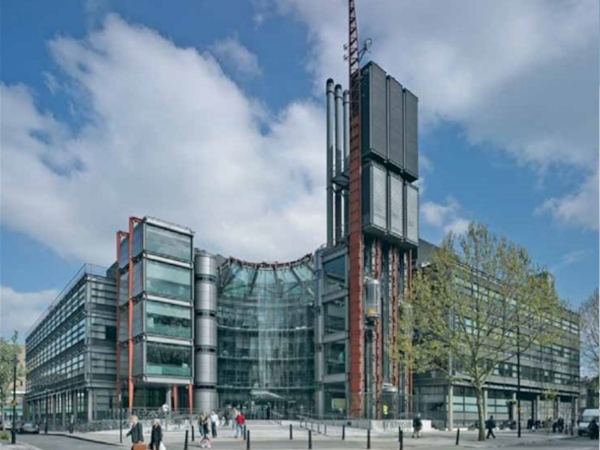Parameters such as such as complexity, materials and finishes, performance, and magnitude and location of the project, the façade can account for anything between 20 and 30 per cent of the total construction costs.
Needless to say, that also represent a substantial part of the technical and commercial risk on any given project. Being the barrier between the outdoor climate outside and the conditioned interior, it determines the appearance of the building, and its performance relies on appropriate specification, design, and delivery of a multitude of components and systems.
The façade/structure interfaces are the perfect example of different systems engineered together “where things always go wrong”. Successful projects generally depend on a high degree of collaboration across the design team and throughout the supply chain.
The people dealing with the architectural building envelope are usually referred to as façade engineers, becoming significaly important as part of each building project team, appointed to design and delivery of challenging complex architectural envelope designs.
What is facade engineering
But what is facade engineering? According to Society of Facade Engineers (SFE) Façade Engineering is the art of resolving aesthetic, environmental and structural issues to achieve the enclosure of habitable space.
There are numerous equally valid definitions apart from this one but the essential point here is the fact that façade engineering bridges across the more traditional disciplines that are architecture, structure, and services.
A qualified façade engineer inevitably has to address the differences in backgrounds and responsibilities of the professionals across a varied section of the building construction industry.
The beauty of facade engineering is that can be applied to various stages of the execution procedure. It can be carried out by architects in architectural practices, by engineers in consulting firms, and by expert technicians in different stages of the supply chain.
Usually the range of services constituting façade engineering is exemplified by the difference between on the one hand the design and specification of a bespoke solution, and on the other, the checking of a contractor’s design against a specification.
There is also a marked difference between, guidance on commercially available (standard) curtain walling systems and the bespoke engineering of a solution in response to an architectural vision and a set of client’s requirements.
Technological progress, industrialization of the construction industry and globalization means that the role of the Architect is changing from controlling the design from A to Z, to a role of orchestration of a multitude of specialist skills, knowledge, and industry intelligence.
Especially in modern building envelopes, there is a huge possibly to benefit from façade engineering input throughout the various stages of the design process. The first façade engineering are already 20 years old, formed in response to the need for expert input on technically challenging projects.
Façade engineering covers this very important ‘grey area’ between the more traditional disciplines carried out for so many years but also overlaps significantly with all of them.
Many architectural firms nowadays have a ‘façade guy’ or a ‘specialist’ or an ‘experienced colleague’, who serves as the in-house façade engineer within certain limits set by the scope of the Architect’s work.
The effects of globalization pushed façade engineering a step further as multinational clients and investors, international design teams, and international façade procurement had to collaborate for large and challenging projects.
In the current financial status, the ability to deliver projects globally is of top importance and to this end, having the ability to understanding local conditions and market mechanisms is an asset.
While there is a significant element of global trends and exportation of technology from the more advanced markets, any project must be delivered according to local standards if any and in a competitive market. Therefore, the installation of building envelopes is typically handled by a local workforce.
This combination of an increasingly global demand for façade systems and local differences in procurement and design procedures means that Façade Engineering means different things to different people. That’s where ‘one size fits all’ definition of façade engineering comes out wrong.
With this is mind, façade engineering has been developed from a fast-growing industry to a must-have in its own right and façade engineers are constantly on the lookout for new ways to improve a building’s performance.
A facade engineer’s scope of work
A properly designed and engineered façade can help reduce the building’s energy consumption, improve natural lighting and offer a better airflow. This makes the façade of the building both functional and easy on the eye.
A well-engineered façade for a sustainable building will bring energy costs down considerably, and add to the lifespan of the building. Sustainability is clearly a key issue in today’s construction industry with many different products being used in ways and combinations that will hopefully bring about a lower environmental impact in the future.
Monitoring everything from the design phase through to the installation is essential as building envelopes are notoriously difficult to accurately predict. Making sure that the façade behaves in the way it is supposed to, can mean the difference between a successful project and an outright failure.
One more factor to be taken into consideration is the building’s use and occupancy status. It is down to the façade engineer to provide the future occupants with a comfortable space in which to operate, so everything from the amount of natural and artificial lighting requirements through to the noise levels from the external environment has to be taken into account.
Couple this with the green issues and the fact that the building will need to be able to blend into its surroundings and you can see why façade engineering poses so many challenges. Nevertheless, it is these challenges that make the job of a façade engineer one of the most important within the modern building industry today.
The GLASSCON Approach
GLASSCON apart from its holistic and turnkey solutions, also offers facade design and engineering as a separate and distinct service.
We assist Developers, Architects and Contractors and drive efficiency gains by constantly appraising and incorporating the most optimal design, latest research and most suitable technology.
We offer pre-tender and post-tender services which include the complete design of bespoke systems by engineering curtain walls, cladding systems, structural glass, skylights, BMU and many other facade components.
With rapidly-evolving cladding materials and techniques the global market demands more complex façade systems that require the attention of an expert engineering team to achieve the architectural vision whilst maintaining a cost-effective solution.
Our façade engineers work in close collaboration with other members of the project team to develop high-performance yet practical solutions.
Our process blends concept design, structural engineering, building physics and advanced modelling skills for efficient facade design and detailing.
See more of how we create added value to your project by downloading our Facade Engineering brochure.

